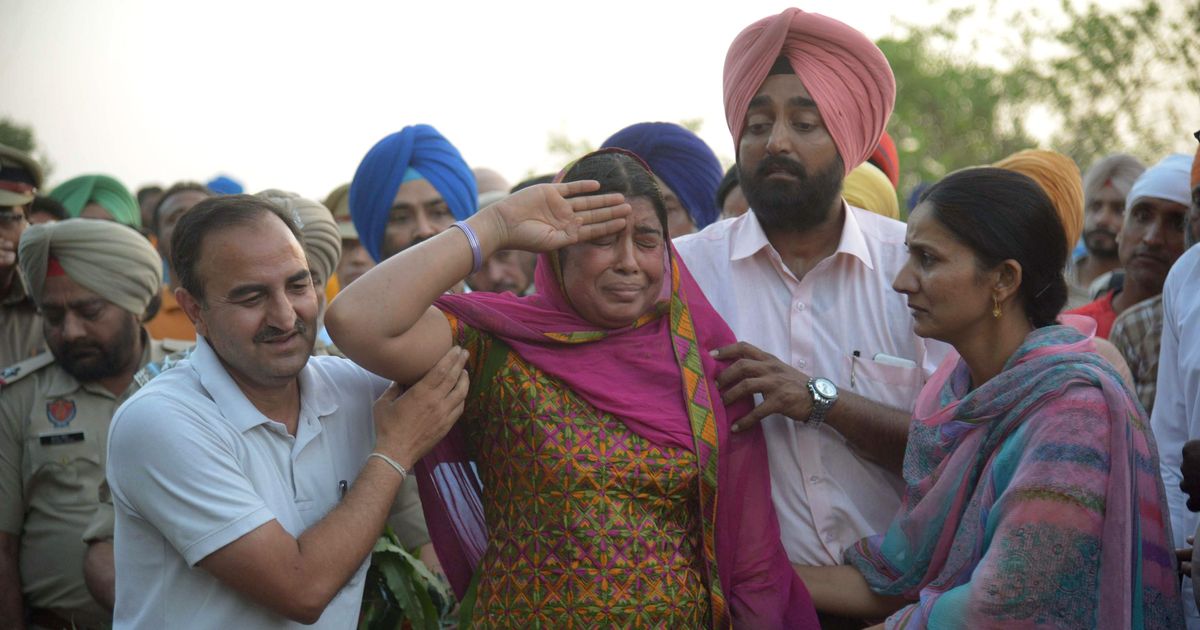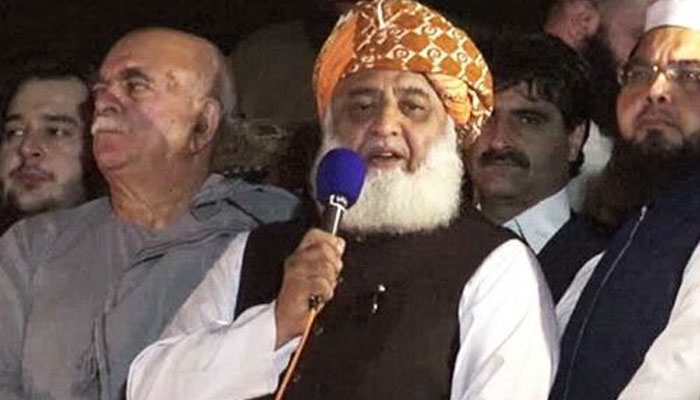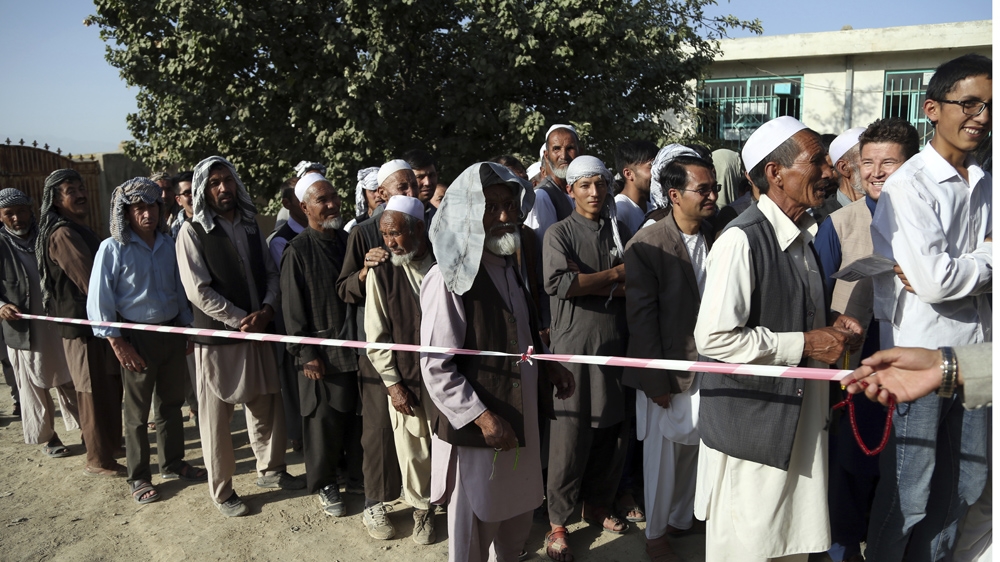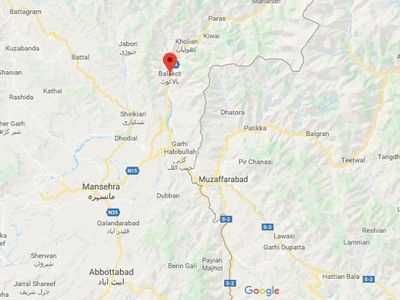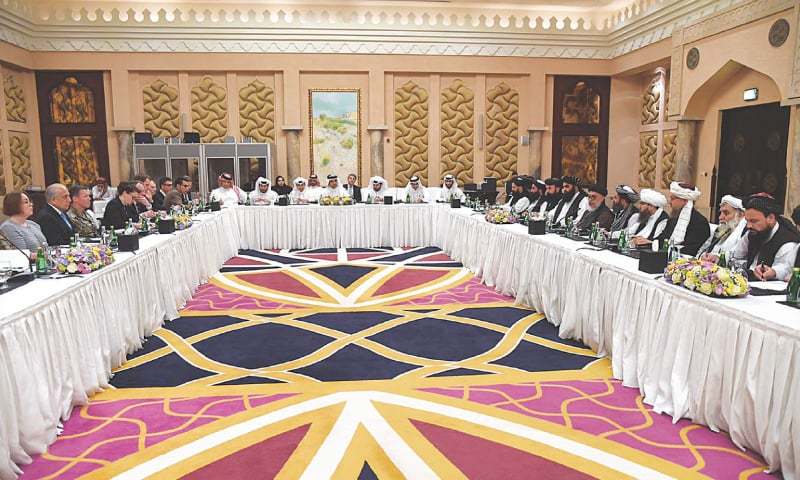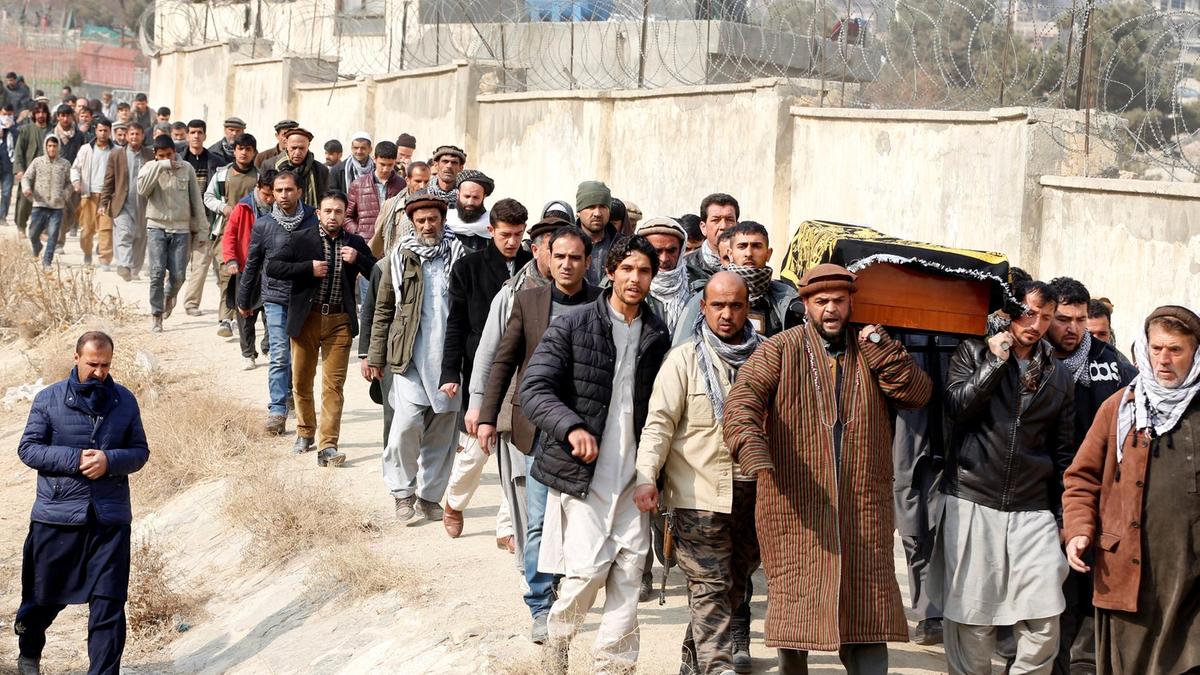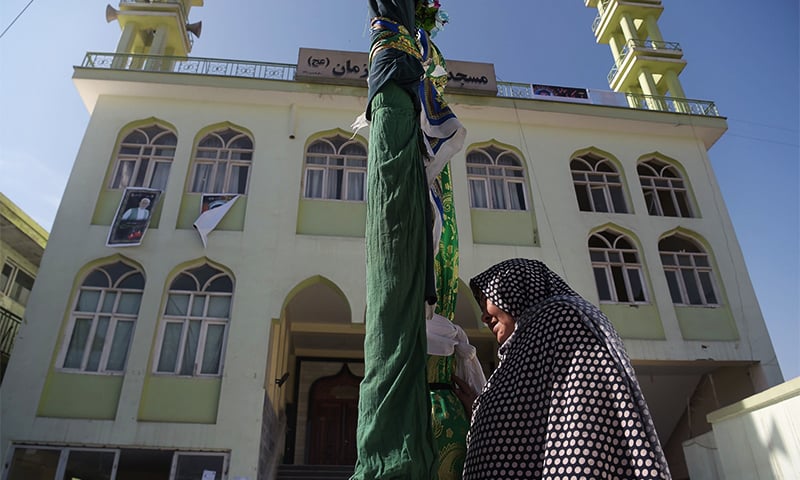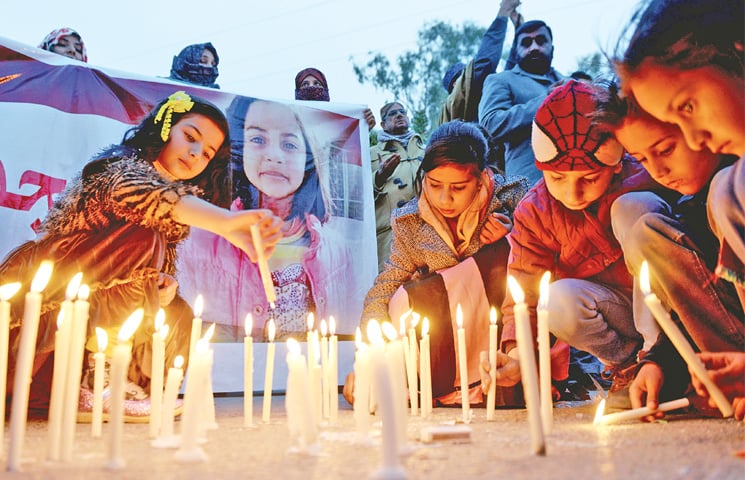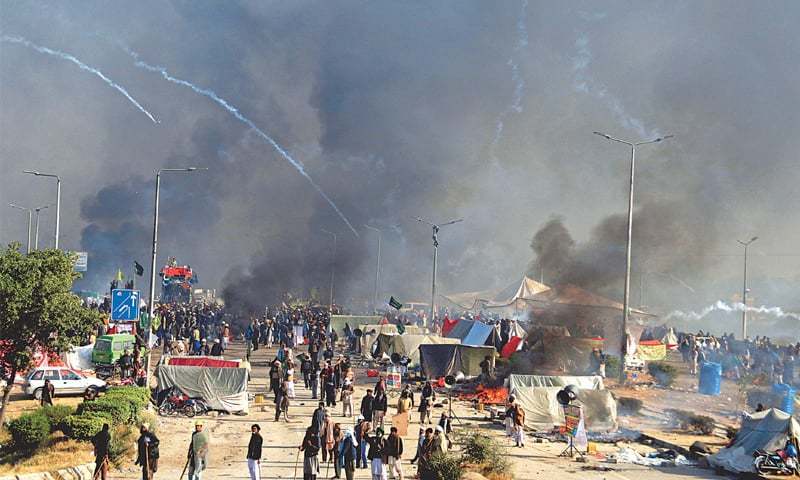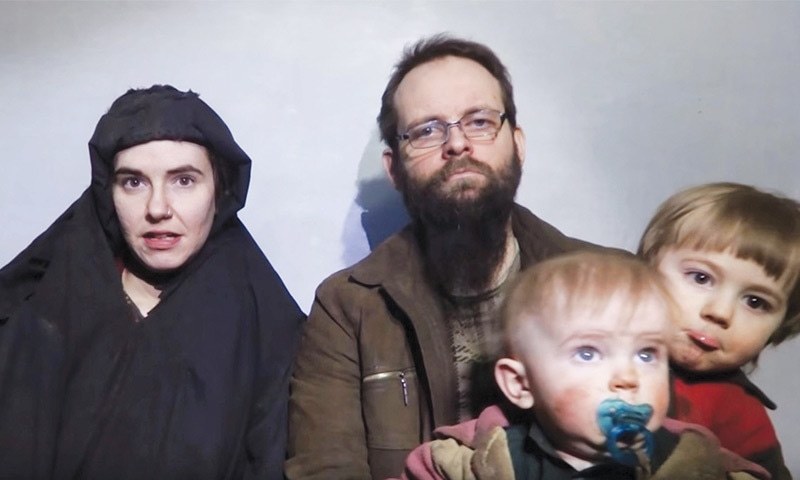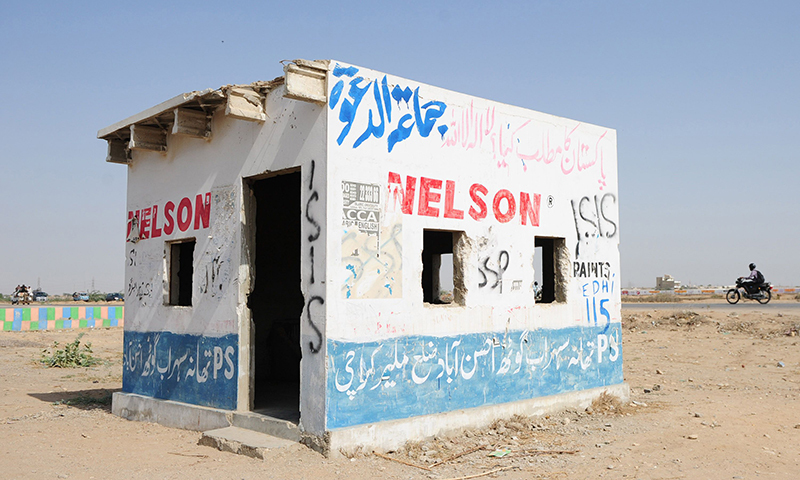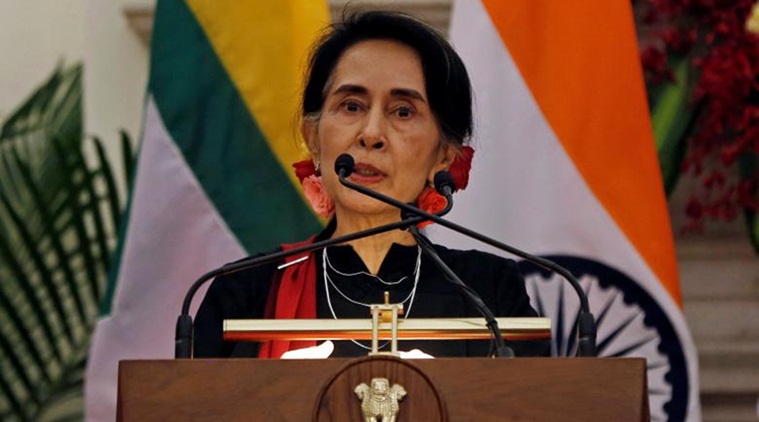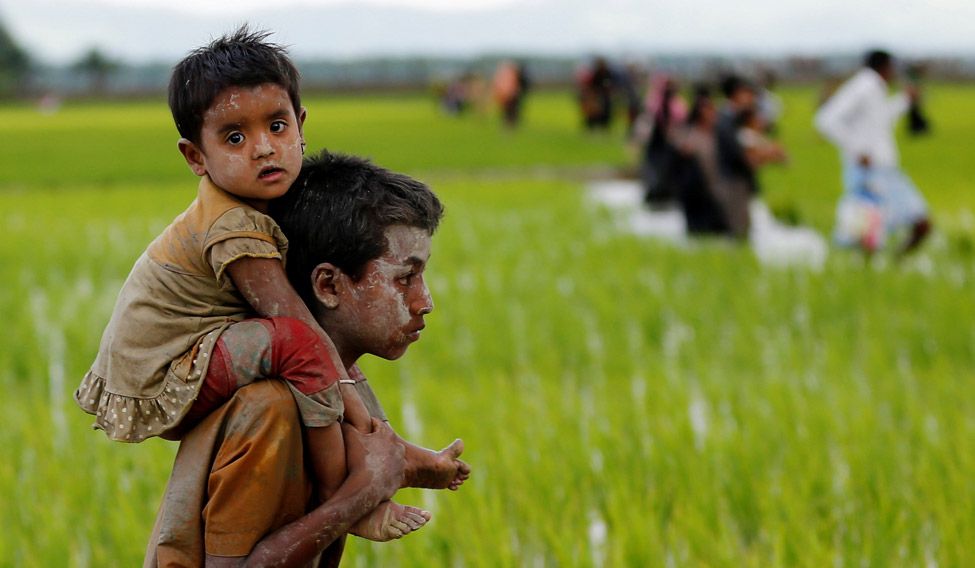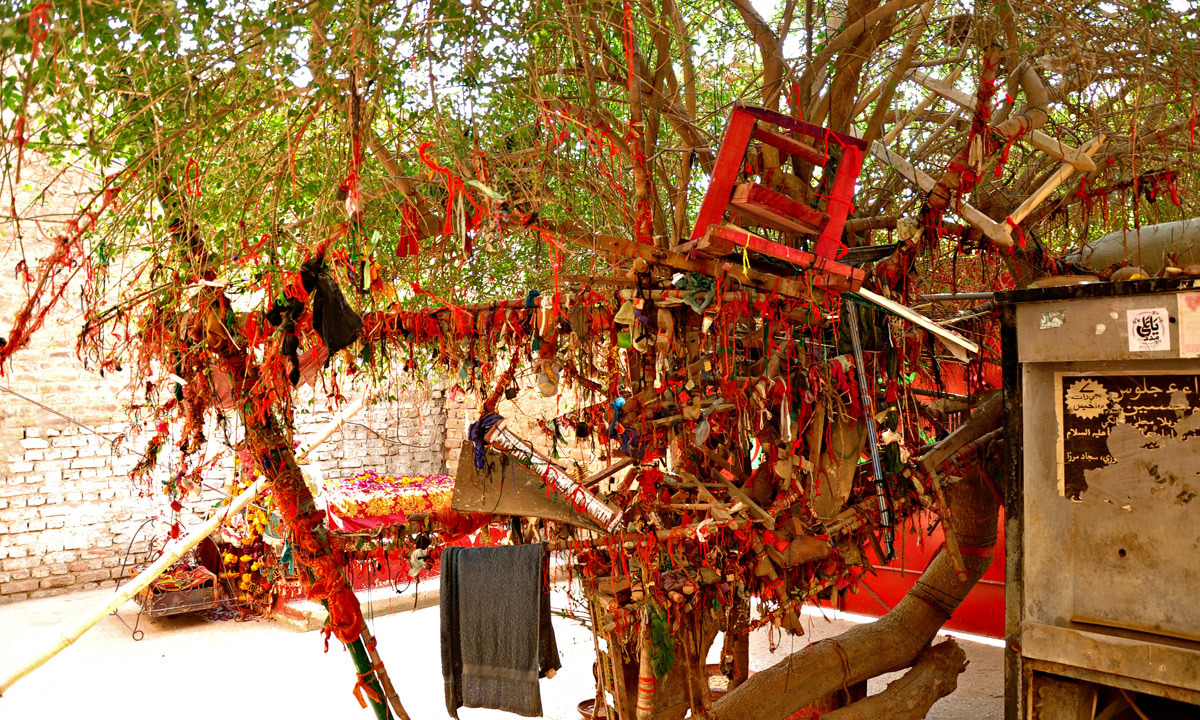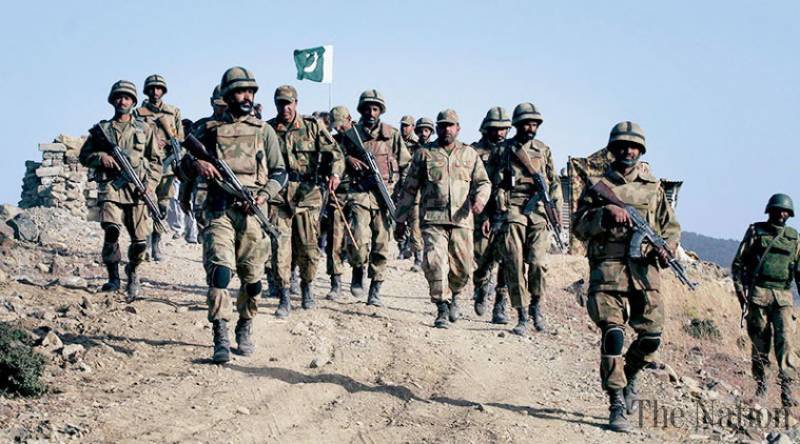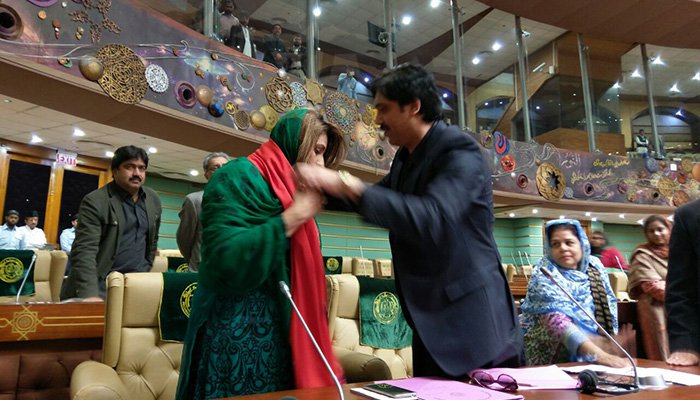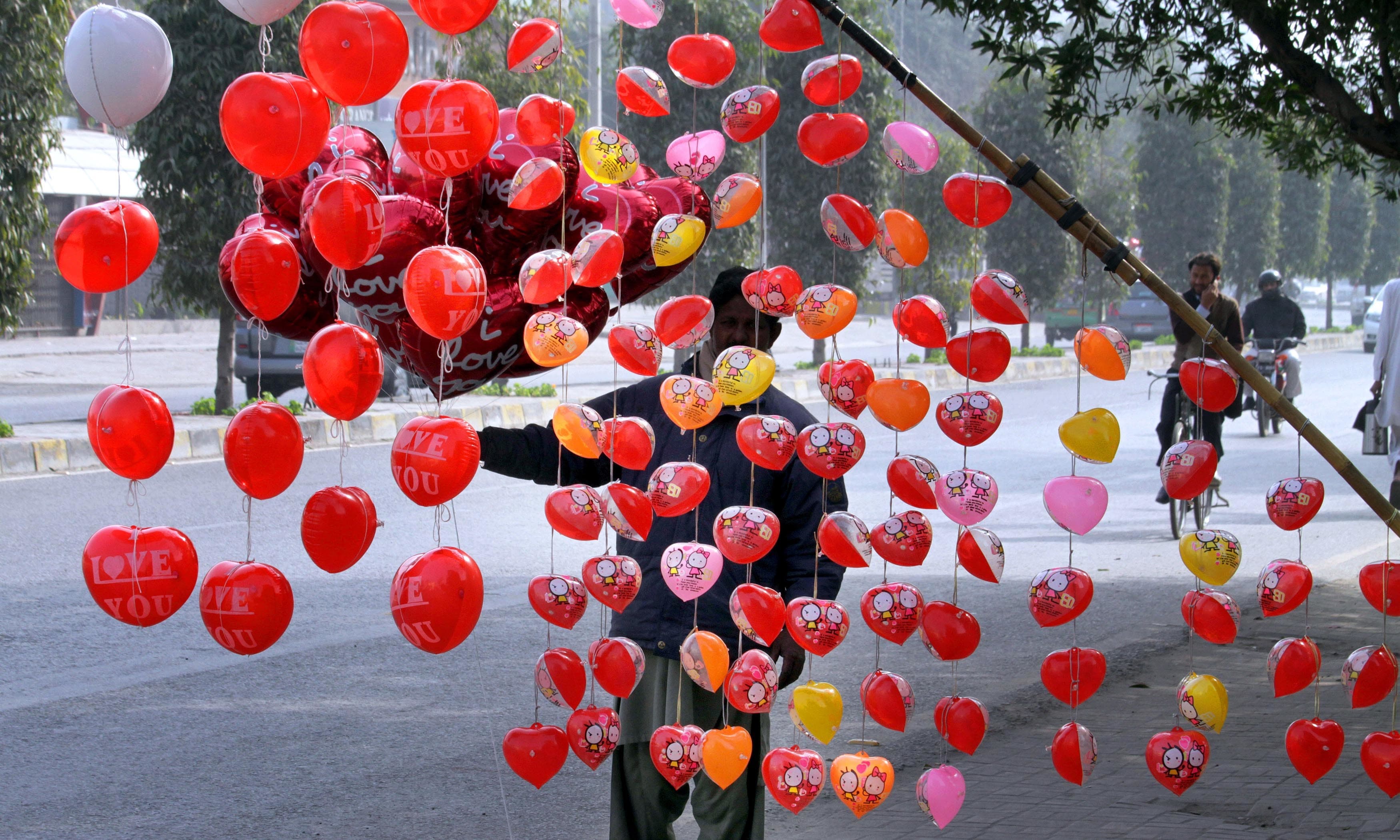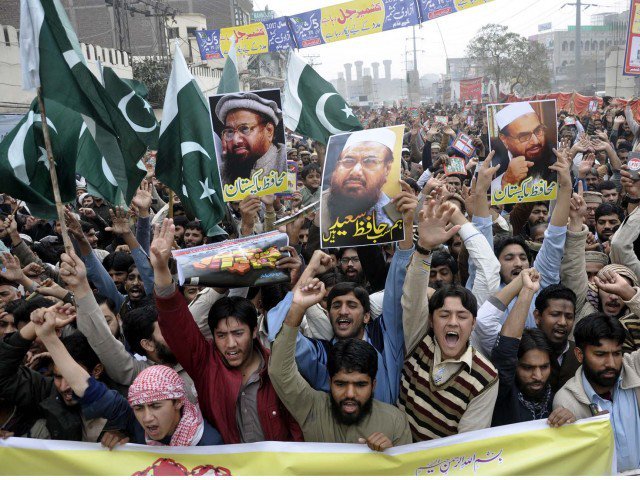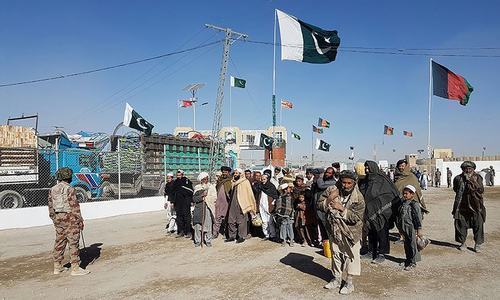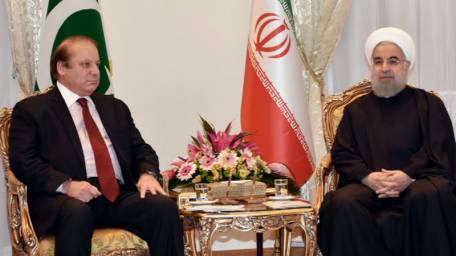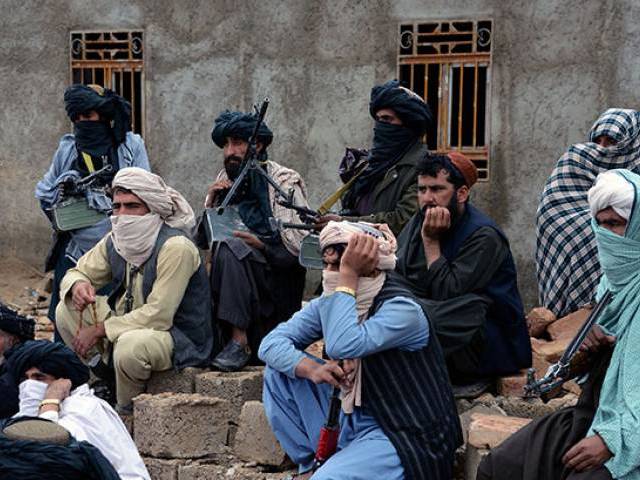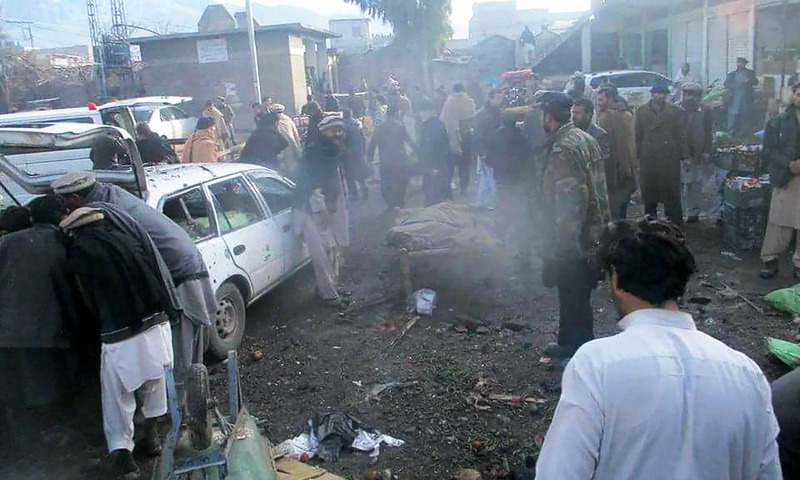
Though the sectarian divide was inherent in Kurram, it was managed by the Shia and Sunni tribesmen until 2007. The entry of Huqqani network from Afghanistan and the sectarian militants from Punjab has transformed the faultline and increased the nature, intensity and intervals of sectarian violence within Kurram...Sectarian violence will continue in Kurram, unless the political and military leadership move and take charge.
Conflict Reader # 13, 23 January 2017
CR Analysis
D. Suba Chandran
Professor
International Strategic and Security Studies Programme (ISSSP)
National Institute of Advanced Studies (NIAS), Bangalore
On 21 January 2017, a bomb in the vegetable market in Parachinar (headquarters of FATA’s Kurram Agency) killed around 25 people. Neither Parachinar nor the Kurram Agency is alien to terrorism. This is the first major attack after Gen Bajwa taking over as Pakistan’s Army Chief, and more importantly, after the interior minister making a controversial statement that sectarian groups cannot be equated with terrorist groups.
The attack was claimed by the Lashkar-i-Jhangvi al-Alami; according to the claim, the groups carried out the same along with splinter groups of the Tehreek-i-Taliban Pakistan (TTP). Lashkar-i-Jhangvi is a sectarian organization with its base in Punjab.
Kurram Agency: Strategic and Demographic Significance
There is an increasing frequency in the militant attacks in the Kurram Agency. Geographically and demographically, Kurram is special within the seven Agencies of the FATA. Along with Orakzai, Kurram Agency has a sizeable Shia population. Drained by river Kurram, that originates from the Safed Koh (White Mountain), the upper reaches and the lower valley of the Kurram agency is populated by the Pashtuns, as is the case with other six tribal agencies. However, the pashtuns of the Kurram are divided on sectarian terms – the Turis (Shia) and the others, primarily the Bangash (Sunni). Geographically, the Kurram is divided into three sections – upper, middle and lower. Parachinar is linked with rest of Pakistan through central and lower Kurram with Thal, the nearest town in Hangu district of Khyber Paktunkwa. The Shias live primarily in the upper Kurram – in and around Parachinar, while the middle and lower parts of the Kurram valley, that connects Parachinar with the rest of Pakistan is populated by the Sunni tribesmen.
Additionally, Kurram also shares border with Afghanistan. As the crow flies, Parachinar is the closest town in FATA/Pakistan to Kabul, than Peshawar or Torkham along the Durand Line. Kurram shares border with three districts of eastern Afghanistan – Nangarghar, Paktia and Khost. Historically, the Turis were linked with the rest of pashtuns in today’s Afghanistan. It was during the British period, and subsequently in post 1947, Parachinar (and rest of the Kurram Agency) got more linked with rest of Pakistan politically and economically.
Kurram’s Ten Year Sectarian Itch
Kurram, historically has always been known for its violent sectarian bloodbath since the 1980s. In the recent decades, there were a series of violent clashes between the Shia and Sunni tribesmen within the Agency during 1986, 1996 and 2007. However, post 2007, the sectarian situation within Kurram and the equation between the “local tribesmen” of the region transformed substantially due to “external push” by the militants belonging to the TTP, Huqqani network and Lashkar-e-Jhangvi.
Since 2007, there has been a steady pouring of militants from the neighbouring Agencies of the FATA, especially Waziristan (belonging to the TTP), militants from across the border, especially from eastern Afghanistan (belonging to the Huqqani network) and the sectarian militants from the Pakistani Punjab (belonging to the Lashkar-e-Jhangvi and its splinters). Tora Bora is also closer to Kurram, where the al Qaeda remnants were holed up during the previous decade.
Before 2007, though there were sectarian attacks, it was neither large scale in terms of duration, nor in terms of objectives. The local tribesmen, after a bout of violent clashes will come together and ceasefire – that would last for the next ten years. There was not much of an external intervention in brokering or sustaining the ceasefire – either from the State or from the militant side. It was a clash between the tribesmen of the Kurram, and settled amongst them. This seems to be changing.
Foreign Militants and intra-Kurram Sectarian Relations
The above changed substantially by 2007. While the sectarian clashes between the Sunni and Shia groups within the Kurram Agency was short lived in 1986 and 1996, 2007 was different. It was almost a War between the sectarian groups, which lasted for the next four years until 2011. The intervention by non-Kurram militants have strengthened the Sunni groups within the Kurram Agency and have altered the sectarian balance within.
The foreign militants from across the Durand Line led by the Huqqani network have a different agenda. They need a safe haven within the FATA region; with the military operations in North and South Waziristan led by Pakistan, and the drone attacks by the American troops, Kurram provided a geographical opportunity for the Afghan militants.
Of course, the local tribesmen in Kurram, especially the Turis did not welcome the foreign militants. The Huqqanis used violence led by the Sunni militants as a strategy to bring down the Shia opposition in Parachinar. According to media reports, the Shia tribesmen had to yield to the Huqqanis to buy peace. What else could they have done? The Zarb-e-Azb did not expand into the Kurram Agency. Nor was the State keen to avoid a sectarian conflict in a remote region such as the Kurram.
The sectarian militants from Punjab add another dimension to the intra-sectarian equation within Kurram. One could observe a larger trend against the Shias in Gilgit-Baltistan, Hazaras in Balochistan and the Turis in Kurram. As in the case of Gilgit Baltistan, the Shia community in Kurram Agency is settled on the upper parts, linked by a single road with the rest of Pakistan.
While the Huqqanis may have a different agenda, the sectarian groups such as the Lashkar-e-Jhangvi that spear heads violence in Gilgit, Balochistan and Kurram pursue a different objective and ideology. Fuelled by a violent ideology and supported by domestic and external funds from Punjab to Saudi Arabia, these sectarian militants have enough manpower and firepower. Fighting along with the TTP also gives them the much needed training, arms and explosives.
It’s Sectarianism, stupid
Though General Bajwa made a bold statement after the latest attack in Parachinar, that the “terrorists will fail in their attempt to regain lost relevance,” the issue in Kurram is sectarian. It is not between the State and the militants. It is between the sectarian militants and the tribal society.
The selective approach by the military and political leadership in pursuing militant groups is the real culprit for the ongoing sectarian violence within Kurram Agency. Neither the Huqqani network, nor the Lashkar-e-Jhangvi is a priority for the military. The Zarb-e-Azb does not cover Kurram either. Unless Gen Bajwa expands his counter-militancy operations, sectarian violence in Kurram will continue.
And there is no “Good Sectarian”
Worse is the approach by the political establishment that got highlighted recently, when the interior minister – Nisar Ali Khan made a statement that the sectarian groups should not be equated with terrorist groups. It appears, the political leadership is attempting to make a classification of “Good Sectarian and Bad Sectarian” on the lines of “Good and Bad Taliban”. This would be disastrous for the sectarian peace within Pakistan.
Even worse is the political leadership’s slow process on pursuing FATA reforms. A section has been demanding mainstreaming of the agencies and has even suggested the merger of FATA into the KP. A section led by the religious parties has been dragging the issue, though majority within the tribal society are in favour of mainstreaming the FATA. Currently the FATA is governed by the Political Agents through the British created Frontier Crimes Regulation (FCR) created in 1887 purely for law and order reasons.
To conclude, though the sectarian divide was inherent in Kurram, it was managed between the tribesmen until 2007. The entry of Huqqani network from Afghanistan and the sectarian militants from Punjab has transformed the faultline and increased the nature, intensity and intervals of sectarian violence within Kurram. As a result, the sectarian violence will continue, unless the political and military leadership move and take charge.
Given the recent changes in the internal equation and external interests, it is beyond the capacity of local tribesmen to address the sectarian divide as they did until 2007. This is what has changed in the last decade.
Unless the State moves in, the violence in Kurram Agency is likely to intensify further, and recur at regular levels. One could expect more violence, since the perpetrators are confident that Kurram is not a priority area for the State. As a result, the ten year itch may get broken, and become regular. Parachinar in particular is likely feel the brunt of this violence.
The State in Pakistan is likely to see this from a larger terrorism problem, overlooking the sectarian nature of the Kurram violence. This will be most unfortunate.
